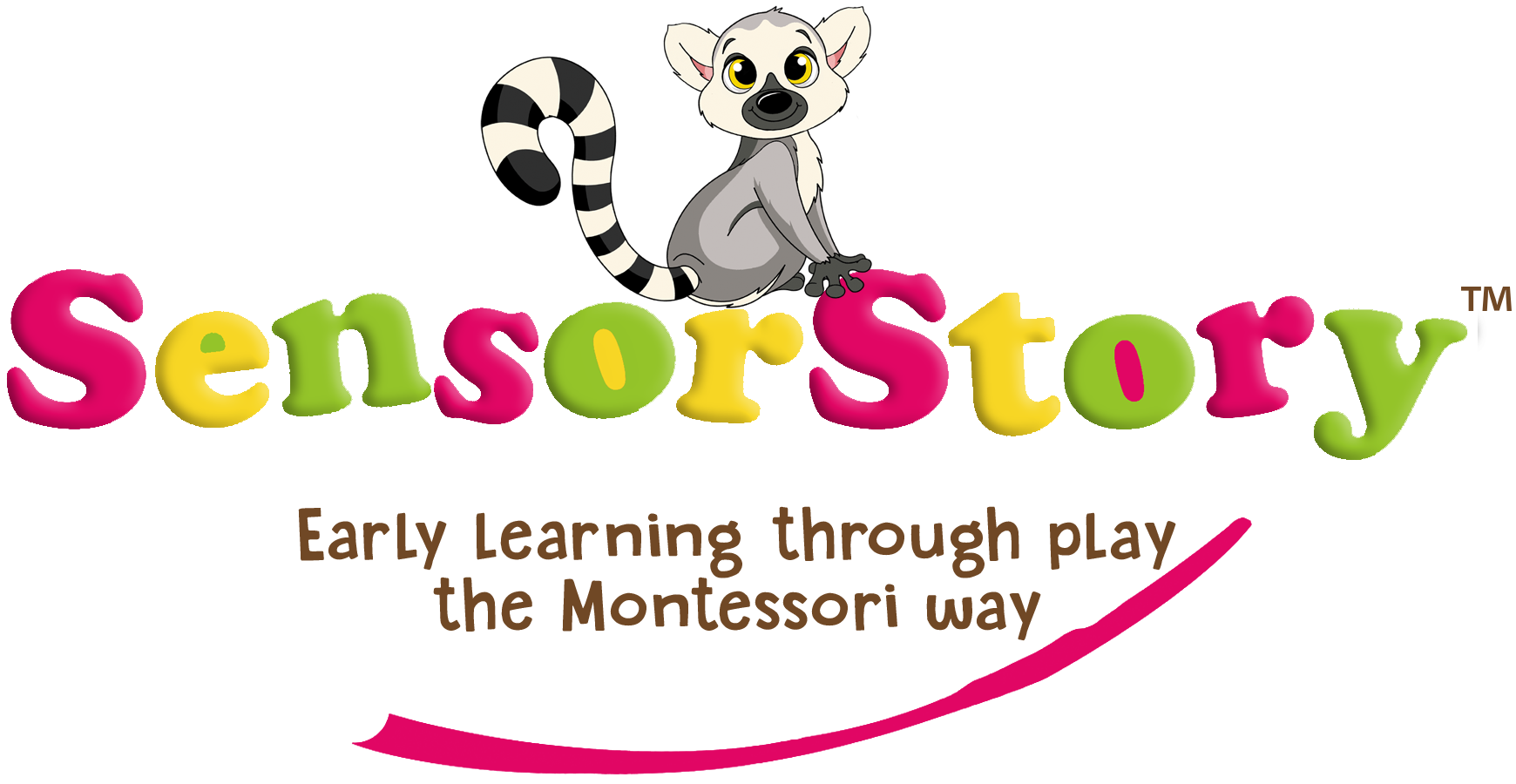We want to introduce you to the magic of multisensory storytelling, a fun & engaging
method, using props, that uses all of your child's senses for a more captivating learning experience. A multisensory story is essentially an enchanting multisensory learning tool.
It's an enjoyable way to nurture their development, boost memory, enhance communication skills, encourage focus or simple interaction, & even spark movement.
Once you embark on this journey with your child, the story they may have heard many times, begins to unfold in a new & exciting way. As you read the tale out loud, your little one will love hearing your voice re-telling the story.
So how do you tell a sensory story?
To support sensory exploration during storytelling time, you will need to gather a
few common household items to use as props to use along side the story.
As an example, story materials you may wish to find around the house to use alongside the tale of the Gingerbread Man:
→ Chef’s hat/apron, → paper towel, → bowl/big spoon, → flour, → ginger root, → oven
glove, → baking tray, → character stick puppets (included), → water sprayer, → paper fan, → feather/feather duster, → toy trees/broccoli.
Read each sentence of the story slowly, introducing the story prop at the corresponding
sentence. While you're reading, go silly, your little story explorer will love the playfulness & it'll help them engage even more.
Work through the story at your little one’s pace, allowing them ample time to focus & engage their senses, investigate the prop, & to process the sensory experience.
Remember, it's meant to be a relaxing & enjoyable bonding moment for
you both. Focus on having fun & it will naturally become an educational experience.
What about after the multisensory story?
So how do you tell a sensory story?
After the story, you can further immerse in the story-themed world. Using the
Gingerbread Man as the example, you might bake gingerbread biscuits together (where age & allergy appropriate - alternatively you could mould biscuits out of gingerbread-scented playdough), or create art inspired by the story.
You could both explore the story further by using homemade stick puppets to explore the characters & to re-enact events or a calming sensory bin for quieter moments.
One thing you'll notice is that repetition plays a crucial role in this method. The more your little story explorer hears the story, the more familiar it becomes & they begin to build a sense of anticipation. This repetition is a powerful learning tool.
Multisensory stories form an excellent base on which to scaffold learning. As your child
grows you can return to the story & further extend the learning experiences by incorporating their interests. For a Gingerbread story you could explore such as baker shop role-playing, running races if movement is their focus, ginger food tasting, growing ginger from the root, making a fox habitat, exploring different animals, or if physical activity is their interest for example, you could try a gingerbread man hunt – promoting problem-solving skills while keeping things fun and engaging.
